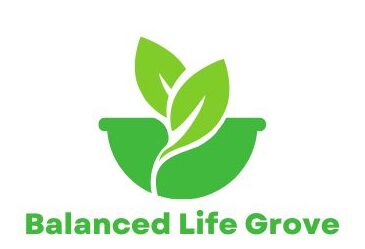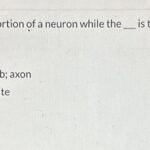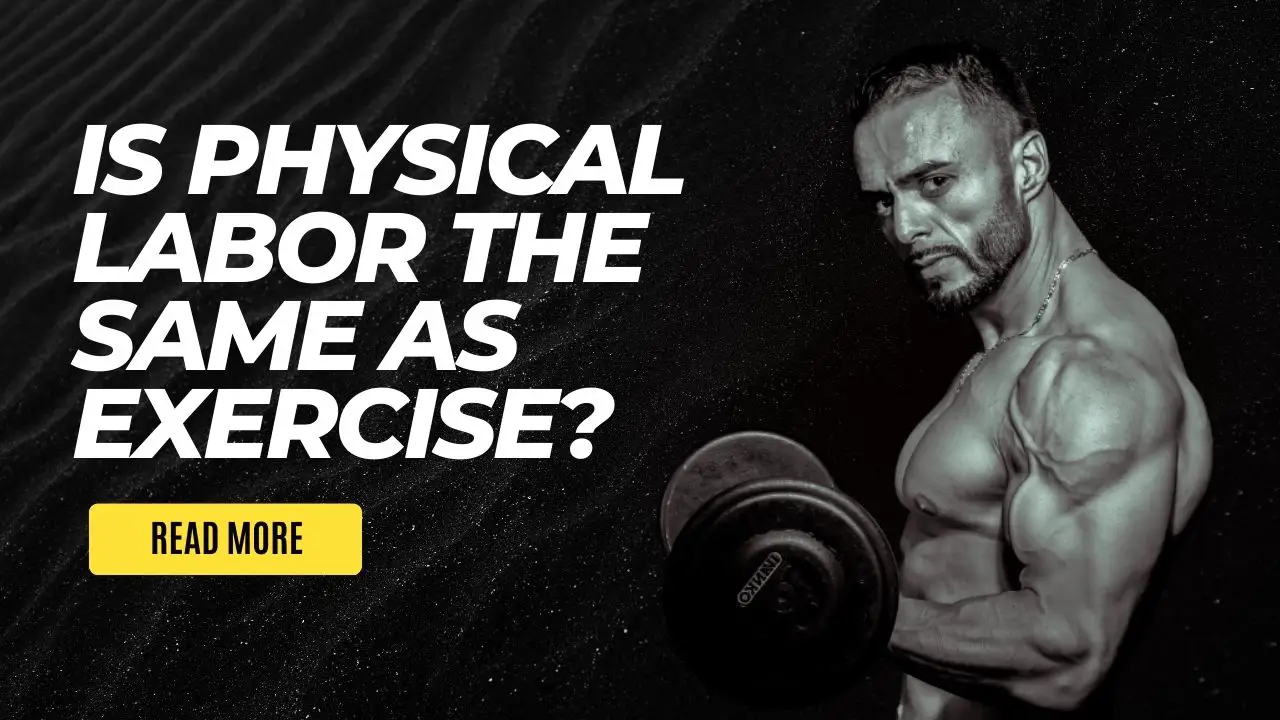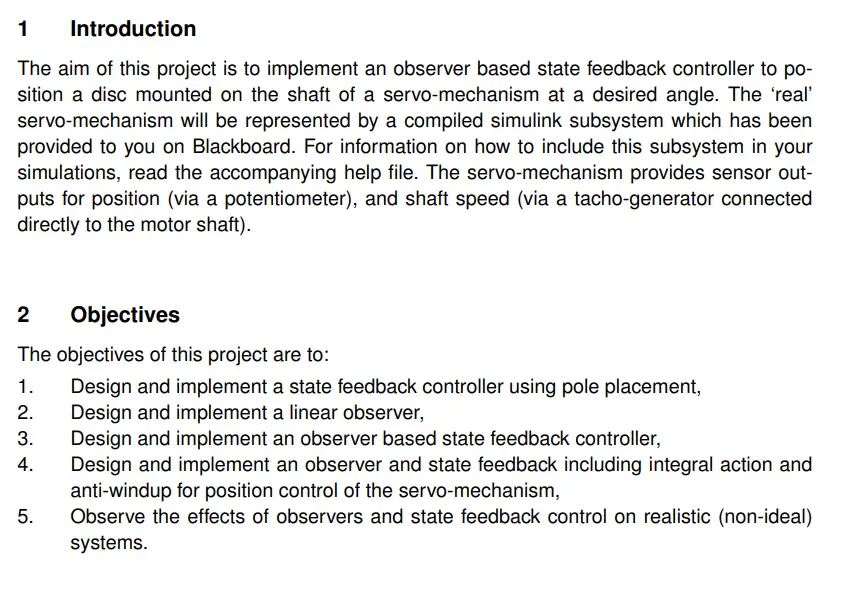Physical labor and exercise are not the same. Exercise is structured and focused movements like bicep curls, while physical labor involves general body movements during daily activities such as work or chores.
While physical labor increases activity and has health benefits, it may not target specific fitness goals like weight gain. However, prolonged manual work can yield results akin to a gym workout, as it builds practical strength but might not sculpt a bodybuilder’s physique.
Understanding the distinction between physical labor and exercise is essential for achieving specific fitness objectives and maintaining overall physical well-being.
Differences In Activity
Physical labor and exercise are not the same. While physical labor can increase activity levels, exercise is a structured and focused action to improve strength and overall fitness. Physical labor may not necessarily lead to measurable strength gains, muscle mass, or weight loss as exercise can.
| Physical labor and exercise are not the same |
| Exercise is structured and focused like bicep curls |
| Physical activity includes daily movements like house chores |
| Labor can provide practical strength but not like gym workouts |
| Repetitive labor tasks build endurance, not pure cardio |

Credit: www.pilatesplusla.co
Physical Benefits
Physical labor involves muscle movement and work, aiding in strength and endurance. It may not provide the same structured benefits as exercise, but it contributes to cardiovascular health. Manual jobs may yield results akin to gym routines, yet consistent training is advisable for specific fitness goals. Mixing physical activity with workouts can enhance overall fitness levels.
Comparative Effectiveness
Is Physical Labor the Same As Exercise? When comparing physical labor to exercise, it’s essential to understand the comparative effectiveness. Physical labor can increase activity levels and improve overall health. However, it’s not structured or focused like exercise. Pros and Cons of Physical Labor: Physical labor offers practical strength and endurance but may not achieve specific fitness goals. It’s also repetitive and needs more variety.
On the other hand, exercise is structured, repetitive, and targeted towards specific fitness outcomes. It offers many health benefits but may require more time and dedication. Pros and Cons of Exercise: Exercise provides structured routines and can be tailored to individual needs. It offers diverse options for achieving fitness goals but may require consistency and effort. Ultimately, physical labor and exercise contribute to overall well-being, but their approach and outcomes differ.

Credit: www.ndtv.com
Frequently Asked Questions: Is Physical Labor The Same As Exercise?
Does Physical Labor Count As Exercise?
Physical labor is not the same as exercise. Exercise is a structured, focused, repetitive action, while physical labor refers to general body movements throughout the day. While physical labor increases activity, it may not help in measurable strength gain, mass building, or weight loss.
Is Physical Work The Same As Exercise?
Physical work and exercise are different. Exercise is structured and repetitive, while physical labor involves general body movements. Physical work can increase activity levels but doesn’t provide measured strength or weight loss as focused exercise does.
Is Physical Labor Exercise?
Physical labor is not the same as exercise. The exercise involves structured, repetitive actions, while labor is general body movement in daily activities.
Will Manual Labor Get You In Shape?
Manual labor can increase activity but is not equivalent to structured exercise for specific fitness goals.
Conclusion
While physical labor can increase activity, it’s not the same as structured exercise. Exercise targets specific goals like strength gain or weight loss, whereas physical labor is a broader term encompassing regular body movements during daily activities. Both have their benefits but serve different purposes.











